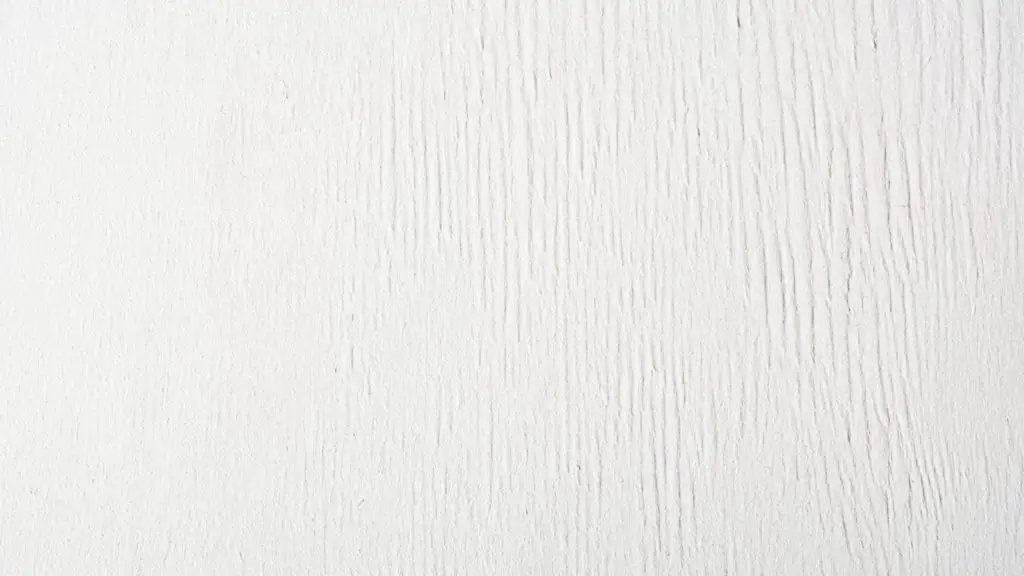Matt paint does not give unevenness a chance and matte paint is used for wall paints and primers.
In general, everyone wants all their paintwork to be shiny. Indeed, if everything shines beautifully, it also gives a unique look.
It is therefore important if you want to have this appearance that you have to make good preparations. We are talking about a high gloss paint.

With a high-gloss paint, you have to remove all imperfections before you start painting. If you don’t do this, you will see the dimples and bumps later in your result. You do not see this with matte paint. This does not alter the fact that you also have to make good preparations with a matte paint.
A matte paint also needs preliminary work
You should certainly also do preparatory work with a matte paint. I’m talking about smoothing out all the imperfections. We start here from bare untreated wood. You start with degreasing. You do this with an all-purpose cleaner. Make sure you clean the object well in every corner. When it has dried well, you start sanding. To do this, use sandpaper with a grit of 180 or higher. If you see any dimples, try sanding them off completely. If they are a bit bigger, you will have to apply a 2-component filler. When it is even and you have made everything dust free you can paint the primer on it, which is matte. If you see small irregularities afterwards, you can putty this if necessary and prime it again later before painting a satin or high-gloss paint on it.
A matte paint as wall paint.
Most wall paints are matte. You would say that when it is matte, the wall cannot be cleaned. Usually a matte wall paint is used for ceilings. After all, it does not need to be cleaned. Today, these matte wall paints are very scrub-resistant. And can therefore also be cleaned with a damp cloth without leaving a shiny spot on the wall. You also have to do preparatory work in advance: fill holes and apply a primer latex. The latter is intended for the adhesion of the wall paint.
A matte paint is made by additives.
Each paint is originally high gloss. So only high gloss is made. This is a strong paint that has a long durability. Thereafter, the degree of gloss is reduced to either satin or matt. A matte paste or gloss reducer is then added to the paint. To give an impression of how you get silk gloss and matt paint, do the following or it is done in the factory: To get a silk gloss, 1 liter of high gloss paint is added half a liter of matte paste. To get a matte paint, 1 liter of matte paste is added to 1 liter of high-gloss paint. In principle, you can get paint in any gloss level. So a primer is 1 liter of high gloss and 1 liter of matte paste. The gloss level only becomes visible after a few days, while you quickly see the dullness with matte paint.
A matte paint has properties.
A matte paint also has properties. Firstly, the adhesion to a new object or surface is a property of this paint. In this case we are talking about primer. If you don’t put a primer over bare wood, you won’t get good adhesion. You’ve probably seen or tried it. When you go directly with a satin or high gloss paint on bare wood, the paint will soak into the wood. Another property of matte paint is that you obscure a lot with it. You do not see the uneven and it seems to be a tight whole. In addition, this paint has a function to embellish your wall or ceiling. By that I mean the latex paint or wall paint. And so you see that a matte paint has many functions and properties and how now you also know how this is made. Do you know a matte paint that can be called good? What do you have good experiences with? Or do you have a question about this topic? Then leave a comment below this article.
Thanks in advance.
Piet de Vries
I'm Joost Nusselder, the founder of Tools Doctor, content marketer, and dad. I love trying out new equipment, and together with my team I've been creating in-depth blog articles since 2016 to help loyal readers with tools & crafting tips.
